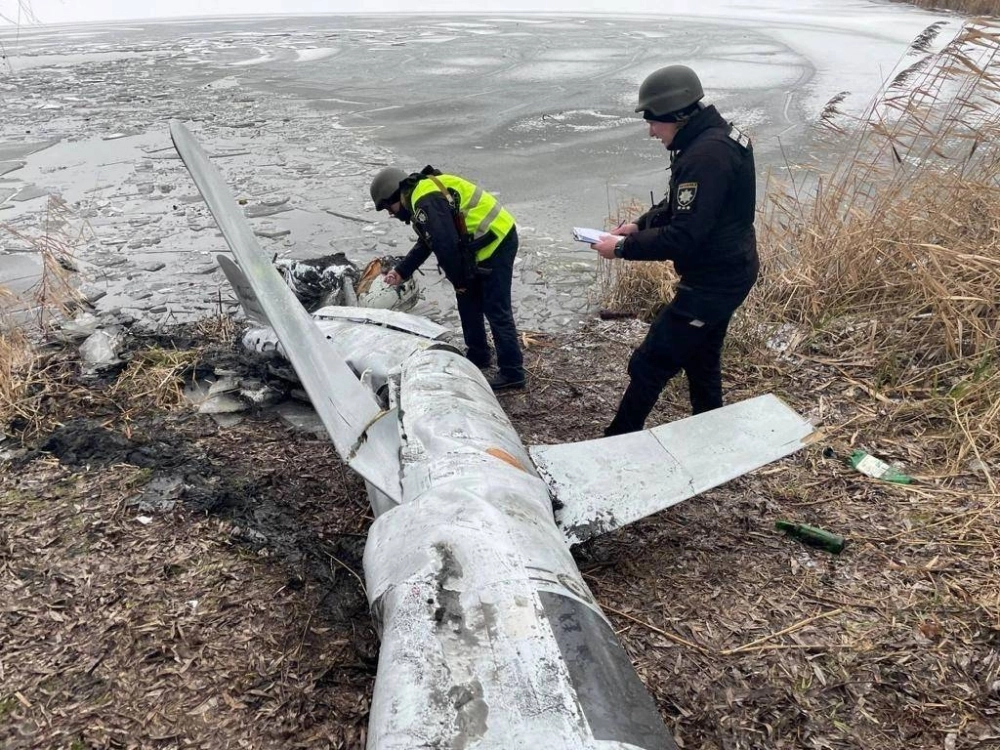As recently as October, U.S. President Joe Biden dismissed a question over whether the U.S. could cope with supporting allies fighting two simultaneous wars, in Ukraine and Gaza. "We’re the U.S. for God’s sake,” the most powerful country in the history of the world, he said on 60 Minutes, with the kind of exasperation that anyone should even ask.
Yet risks have been rising fast over the past few months and history is littered with examples of seemingly untouchable empires that proved suddenly vulnerable, succumbing to some combination of domestic division, external overextension or the loss of relative economic and military dominance.
Make no mistake, the U.S. is fundamentally in rude health. That so many Americans seem to think Biden is destroying the economy is frankly puzzling to anyone living elsewhere: Which one would you prefer to have? Even so, the U.S. is showing enough symptoms of late-empire dysfunction that the choices Americans make in this presidential election year may well determine whether Biden, or his interrogator, was right. The threat of a multitheater expansion of the wars the U.S. is involved with — all based on missile technologies and stocks in which Washington’s once absolute dominance has faded — is growing.


















With your current subscription plan you can comment on stories. However, before writing your first comment, please create a display name in the Profile section of your subscriber account page.